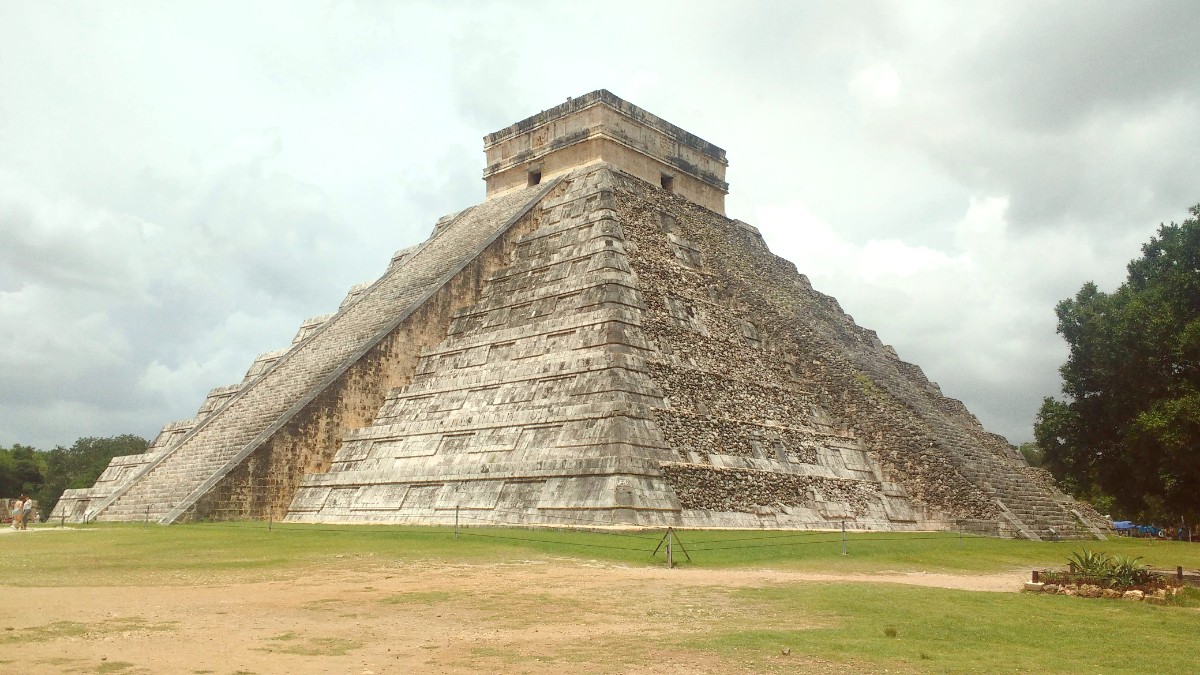
Guatemala
The park is entirely enveloped by dense jungle. This jungle forms a core component of the Maya Biosphere Reserve. This reserve ranks as one of Central America's largest protected areas, covering an extensive territory dedicated to conservation. Its broad reach offers a sanctuary for diverse wildlife and preserves a continuous ecosystem. The presence of such a robust natural environment around Tikal elevates its status beyond a mere archaeological dig. Historical structures stand in harmony with the living world around them.
When you visit Tikal, remember you are in a living forest. Stay on marked trails to protect both the ruins and the fragile ecosystem. Do not litter.
Help preserve this unique blend of history and nature. The geographical location of Tikal within the Maya Biosphere Reserve has made it a dual UNESCO World Heritage site, recognized for both its cultural and its natural value.
Tikal is one of the largest, most powerful, and most significant archaeological sites and urban centers of the pre-Columbian Maya civilization. Its history spans many centuries, achieving its zenith during the Classic Period, roughly from 250 to 900 CE. During this time, Tikal grew into a major regional power, exerting influence over vast territories and engaging in complex political and military interactions with rival cities like Calakmul. The city’s rise to prominence includes sophisticated urban planning, impressive architectural achievements, and a deep understanding of astronomy and mathematics.
Archaeological evidence shows Tikal was continuously inhabited from the 4th century BCE through the 10th century CE. Its earliest monumental constructions trace back to the Preclassic Period. The city blossomed during the Classic Period, marked by its iconic towering temples and elaborate palaces. The city’s rulers commissioned vast building projects, inscribing their deeds and dynastic lineages on stelae and altars that dot the site. These stone monuments offer invaluable insights into the lives, beliefs, and political strategies of the ancient Maya.
Serving as ceremonial centers and funerary monuments for rulers.
Thought to be residences of the elite and administrative hubs.
Integral to the city’s extensive urban fabric.
A significant portion of Tikal remains covered by dense jungle, hinting at its true scale.
Stone monuments detailing dynastic lineages and historical events.
The eventual decline of Tikal, like many other Maya cities of the southern lowlands, remains a subject of academic debate. Theories include prolonged droughts, environmental degradation, warfare, and disease. Tikal saw a dramatic population decline after the 9th century CE, eventually becoming largely abandoned to the jungle. This abandonment, paradoxically, helped preserve the city, shielding it from later human destruction and allowing the rainforest to reclaim its ancient structures.
The sheer effort involved in constructing Tikal's grand architecture, without metal tools or wheeled transport, reflects the organizational capabilities and labor force commanded by its leaders. The Maya developed a sophisticated writing system, an accurate calendar, and an advanced understanding of zero, all contributing to Tikal’s intellectual and administrative prowess.
In 1979, UNESCO recognized Tikal as a World Heritage site. This designation celebrates its outstanding universal value, acknowledging its status as a testament to the remarkable achievements of the Maya civilization. The inscription specifically notes both the cultural significance of its archaeological ruins and the natural value of its biodiverse jungle ecosystem. This dual recognition places Tikal among a select few sites globally that are honored for both their human and natural heritage, underscoring the unique blend of ancient ingenuity and ecological richness that defines this special place.
Walking through Tikal, you sense the weight of centuries. The silence, broken only by jungle sounds, invites contemplation of the lives lived here, the ceremonies performed, and the rise and fall of a powerful empire. It offers a tangible connection to a civilization that shaped a significant portion of Mesoamerican history.
This destination invites you to step directly into the heart of a powerful ancient Maya city, where monumental structures rise above the rainforest canopy. Imagine exploring plazas where thousands once gathered, and climbing pyramids that were once the tallest buildings in the Americas.
Your visit begins the moment you approach the park, as the dense jungle of the Maya Biosphere Reserve envelops the roads leading to Tikal. This immediately signals a shift from modern life to a world governed by ancient rhythms and natural wonders. Once inside the park, well-maintained dirt paths guide you through the archaeological complex. You will discover the Great Plaza, flanked by iconic structures like Temple I (Temple of the Great Jaguar) and Temple II (Temple of the Masks). These structures are enduring symbols of Tikal’s past power and architectural skill.
Ascend Temple IV (Temple of the Two-Headed Serpent) for a panoramic view of the jungle canopy. See distant temple tops piercing through the green, a breathtaking perspective of the ancient city.
Beyond the ruins, the park is a living ecosystem. Howler and spider monkeys, colorful toucans, and coatis are a constant presence. The air thrums with the sounds of insects and birds, adding an acoustic layer to your exploration.
The view from Temple IV, especially at sunrise or sunset, creates unforgettable memories and provides incredible photo opportunities.
Exploring Tikal means navigating uneven terrain, climbing stairs, and walking considerable distances between complexes. Good walking shoes, plenty of water, and insect repellent are recommended. The climate is tropical, with consistently warm temperatures and high humidity, so light, breathable clothing is ideal.